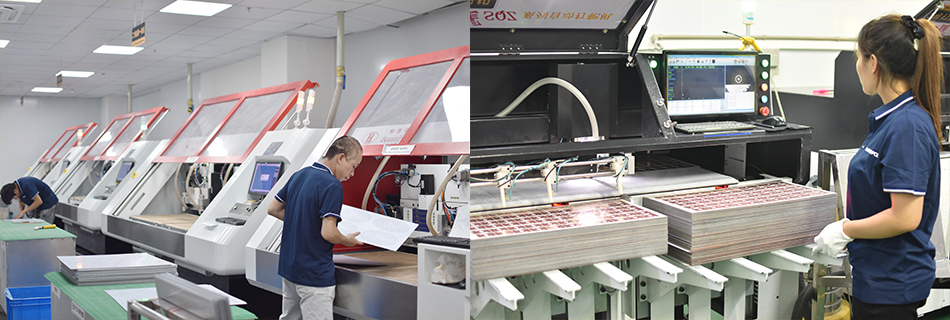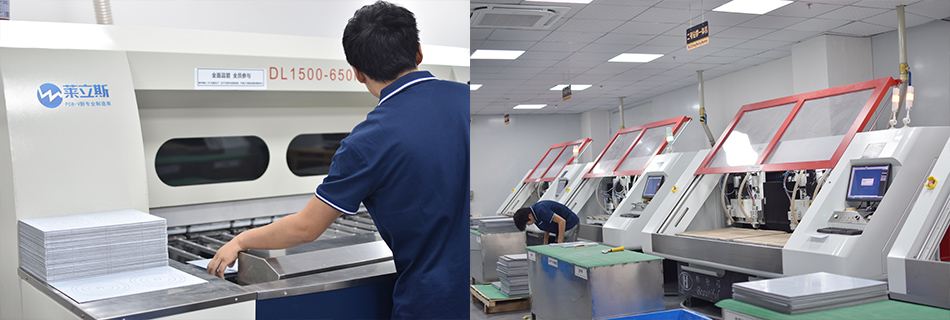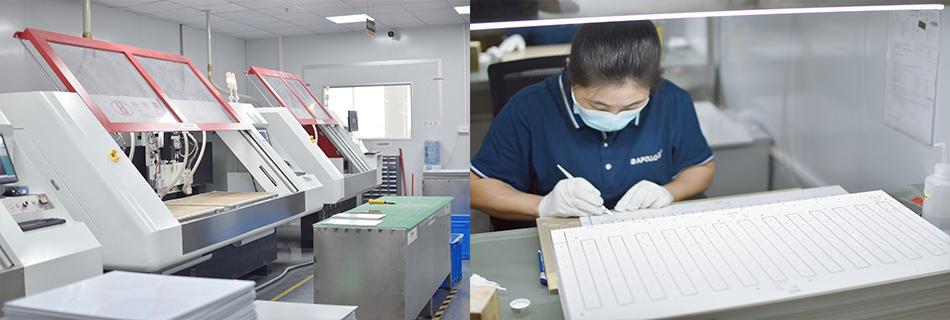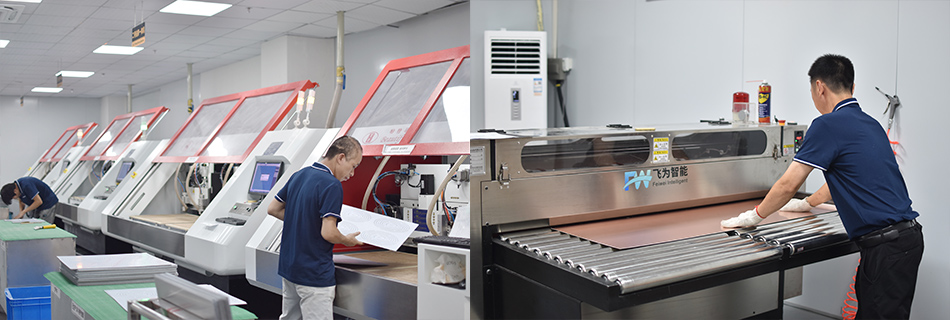-
- PCB TYPE
- PRINTED CIRCUIT BOARD PROTOTYPE ALUMINUM PRINTED CIRCUIT BOARD R&F PCB FPC HIGH FREQUENCY PCB HIGH-TG PCB HEAVY COPPER PCB HDI PCB PCB FOR LIGHTING METAL CORE PCB
time:Sep 30. 2025, 10:09:37
Designing RF (Radio Frequency) microwave PCBs (Printed Circuit Boards) requires a different set of skills and knowledge compared to regular PCB design. In this article, we'll delve into the fundamental principles that guide RF microwave PCB design, offering insights into best practices and key considerations.
Before diving into the design principles, it's crucial to understand what RF microwave PCB design entails. Essentially, RF microwave PCBs are specialized circuit boards that handle signals at radio frequencies, typically ranging from 3 kHz to 300 GHz. These boards are used in various applications, including telecommunications, radar systems, and medical devices, to name a few.

Designing RF microwave PCBs requires careful attention to several factors that can significantly impact the board's performance. Let's explore some of these considerations.
The choice of materials is vital in RF microwave PCB design. The substrate material affects the dielectric constant, loss tangent, and thermal expansion of the board. Common materials used include:
FR-4: Suitable for lower frequency applications, but not ideal for higher frequencies.
Rogers: Known for its low dielectric loss, making it a popular choice for high-frequency applications.
Teflon (PTFE): Offers excellent electrical properties, but can be challenging to work with due to its softness.
Impedance matching is crucial in minimizing signal reflection and power loss. Mismatched impedance can lead to standing waves, which degrade signal integrity. To achieve impedance matching, designers must carefully calculate and control the trace width, spacing, and layer stack-up.
Signal integrity is a primary concern in RF microwave PCB design. Factors such as crosstalk, electromagnetic interference (EMI), and parasitic capacitance can affect signal quality. Designers use techniques like differential signaling, controlled impedance, and proper grounding to mitigate these issues.
RF microwave PCBs often generate substantial heat due to high power levels and dense component placement. Effective thermal management is essential to prevent overheating and ensure reliability. Techniques such as using thermal vias, heat sinks, and appropriate trace thickness help dissipate heat efficiently.

The layout and routing of RF microwave PCBs demand meticulous planning to maintain signal integrity and performance.
A solid ground plane is essential for reducing EMI and ensuring a return path for signals. Designers often employ multilayer boards to accommodate ground planes, power planes, and signal layers effectively.
Vias are used to connect different layers of a PCB. In RF designs, via placement should be minimized and strategically planned to prevent signal degradation. Blind and buried vias are commonly used to optimize signal paths.
Trace width and spacing are critical factors in controlling impedance and minimizing signal loss. Designers use controlled impedance calculations to determine the appropriate dimensions based on the board's material properties and operating frequency.

Testing and validation play a crucial role in ensuring the functionality and performance of RF microwave PCBs. Several testing methods are employed to verify design integrity.
Signal integrity testing involves measuring parameters like S-parameters, return loss, and insertion loss to evaluate the board's performance. Vector network analyzers (VNAs) are commonly used for these measurements.
Thermal testing assesses the board's ability to manage heat under operating conditions. Thermal cameras and thermocouples help identify hotspots and evaluate cooling solutions' effectiveness.
EMI testing ensures that the PCB complies with regulatory standards and does not interfere with other electronic devices. Spectrum analyzers and EMI chambers are used to measure emissions and susceptibility.

Designing RF microwave PCBs is a complex task that requires a solid understanding of various principles and techniques. From material selection and impedance matching to layout considerations and testing, each step plays a critical role in ensuring the board's performance and reliability. By following these principles, designers can create RF microwave PCBs that meet the demands of modern high-frequency applications.
In summary, mastering RF microwave PCB design involves a careful balance of theory and practice, and staying updated with the latest technologies and methodologies is essential for success in this ever-evolving field.

Got project ready to assembly? Contact us: info@apollopcb.com



We're not around but we still want to hear from you! Leave us a note:

Leave Message to APOLLOPCB
